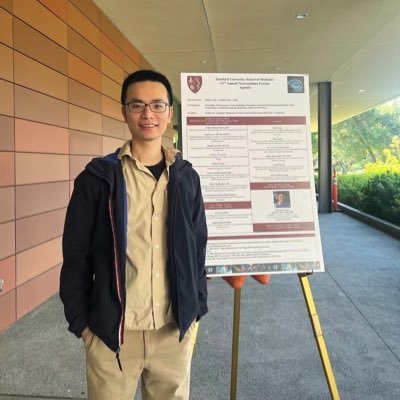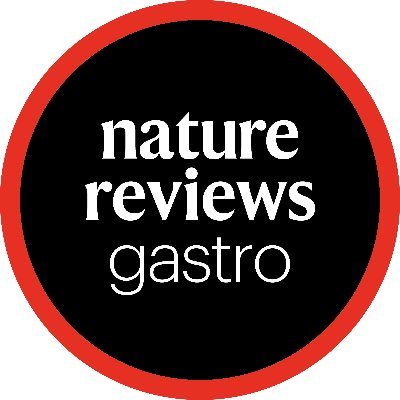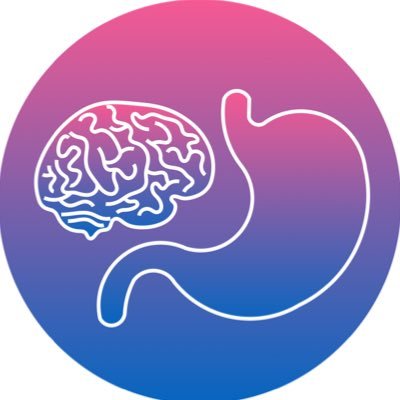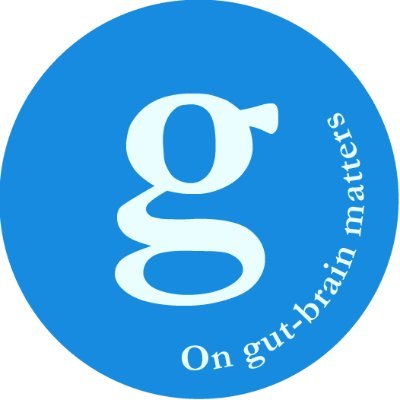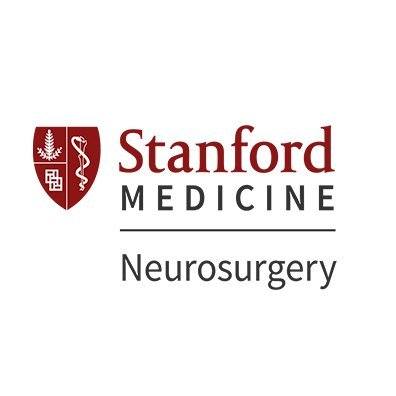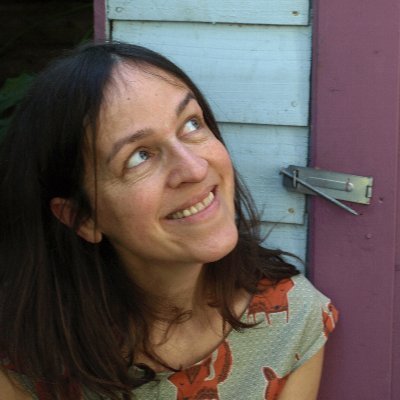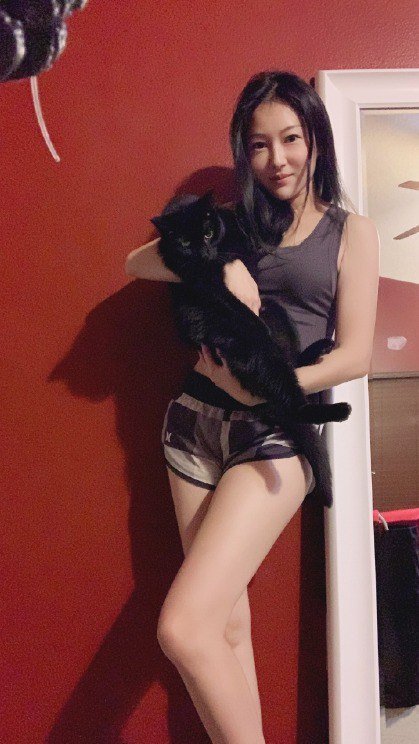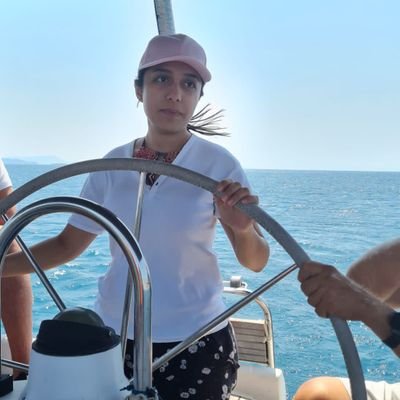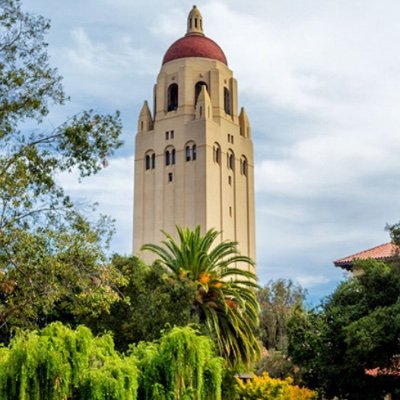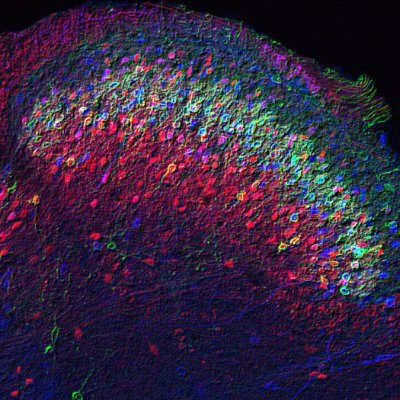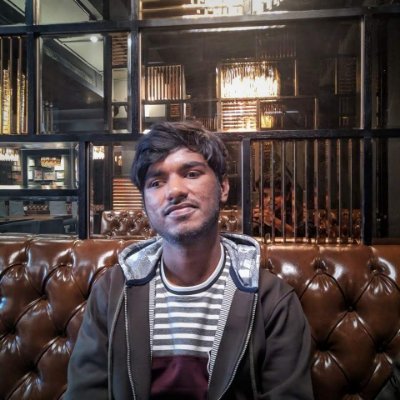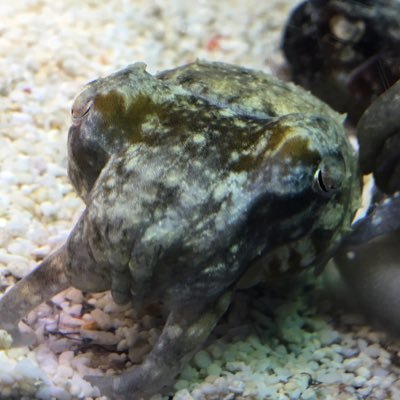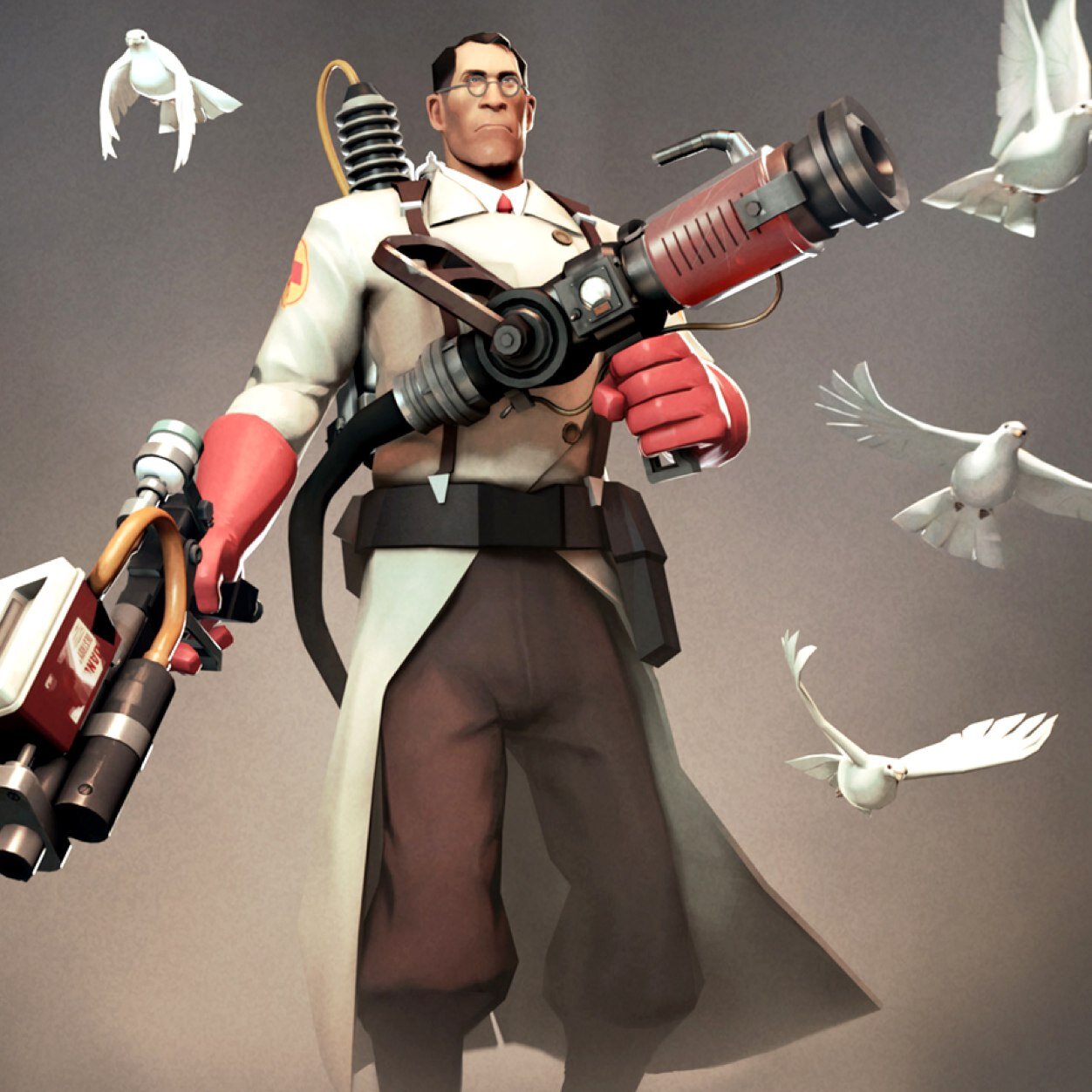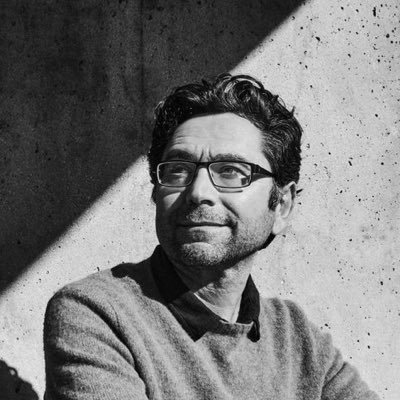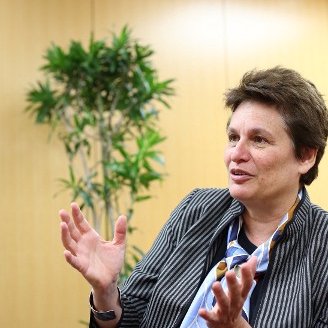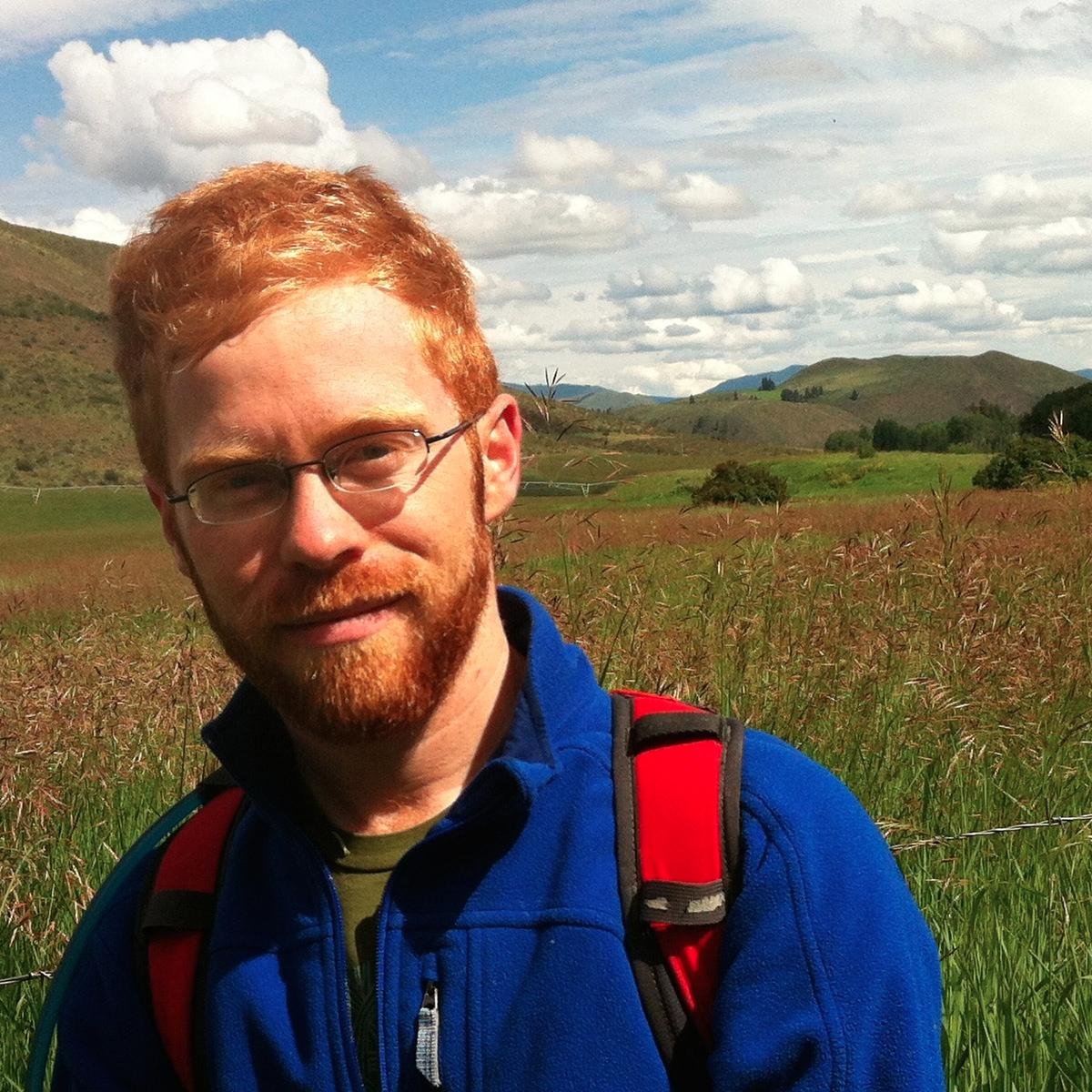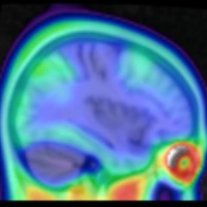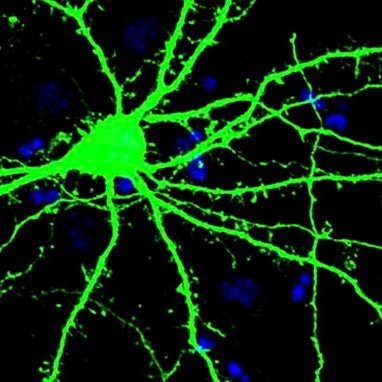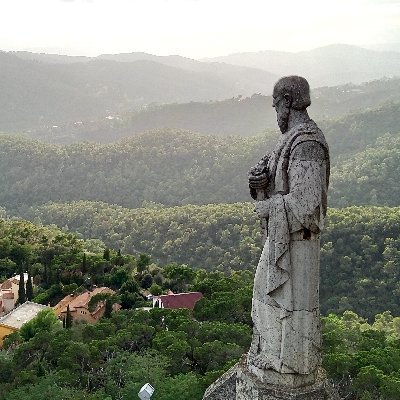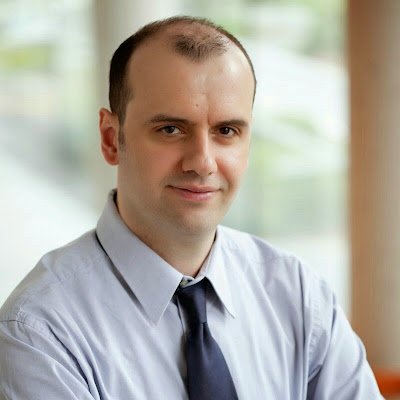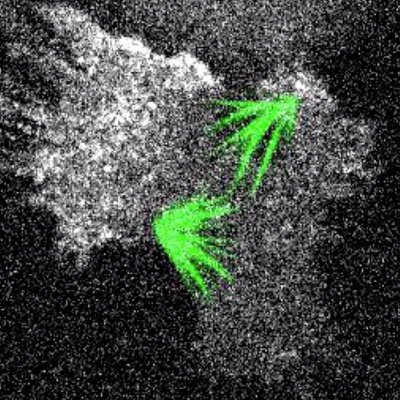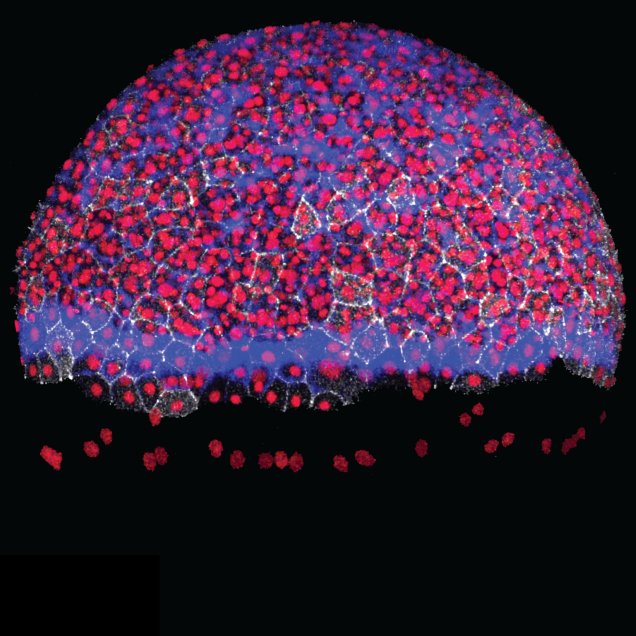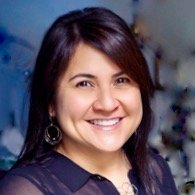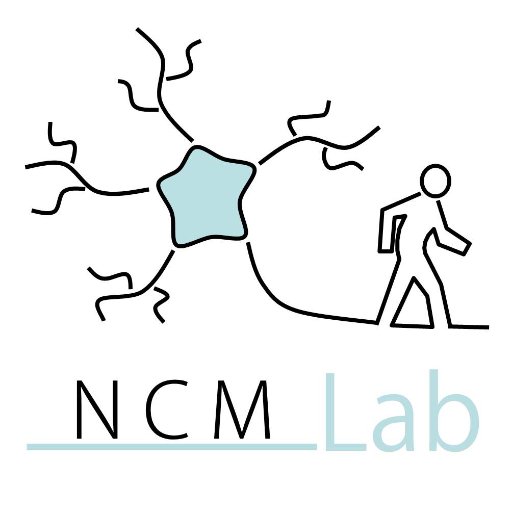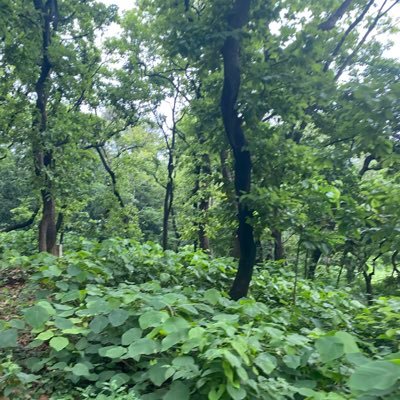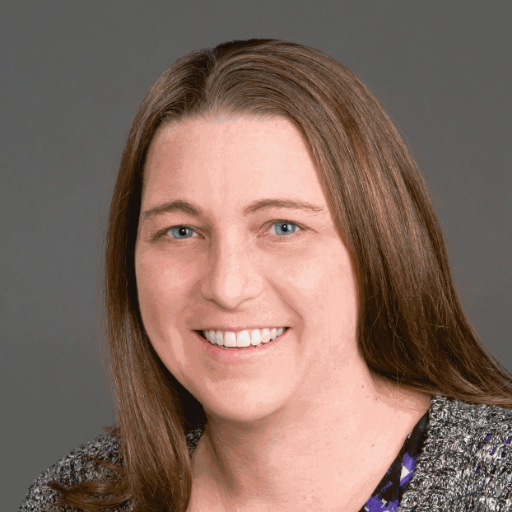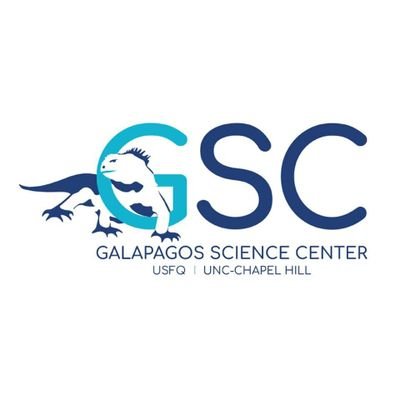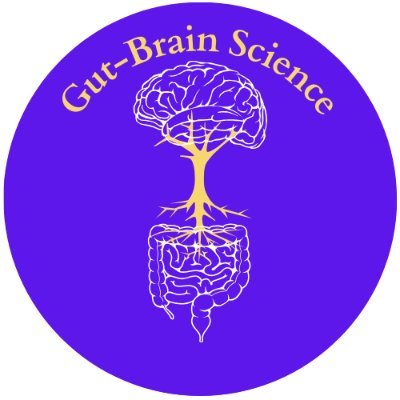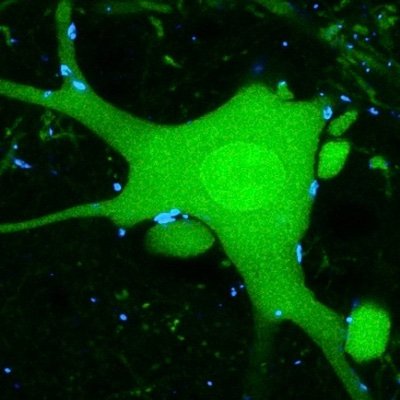
Kaltschmidt-Lab
@kaltschmidt_lab
Kaltschmidt Lab, Dept. of Neurosurgery, Stanford University. Research in spinal cord and ENS circuitry. Maintained by lab members. Retweets =/= endorsements!
You might like
Save the date! The next meeting will be April 7-10, 2026 in Leuven, Belgium!

How does your gut impact your mood? Assistant Professor of Physiology Maya Kaelberer, PhD, is featured in @sciam discussing her research on the “gut sense.” Listen to her interview: bit.ly/4o4Zori

Pre-print alert: The Crunchometer is a low-cost, open-source technology that uses bite sound to democratize the microstructural analysis of feeding bouts on solid food The Crunchometer: A Low-Cost, Open-Source Acoustic Analysis of Feeding Microstructure biorxiv.org/content/10.110…
Gastronauts Biosphere 2 the best scientific meeting!

At the Lung at Biosphere 2

For years, gut–brain communication was thought to rely mainly on slow hormonal signals. Diego Bohórquez (@gutbrains) of Duke University (@DukeU) explains research showing that “neuropod” cells in the gut send signals to the brain through the vagus nerve.

Bohórquez explains that the idea of gut cells directly communicating with the brain was once dismissed. His team uses tracing tools, including rabies labeling, to show that these “neuropod” cells form direct connections with vagal neurons.


Congrats to the Seed Grant awardees! Projects include efforts to develop new tools for delivering drugs to the brain; study the role of neuropeptide molecules in pain & brain signaling; and probe the links between genetics, inflammation, & Alzheimer’s. 🔗neuroscience.stanford.edu/news/pain-alzh…

Hsiao shares work to translate microbiome science into therapies. In mice, her team finds that seizure protection on a ketogenic diet links to microbiome changes driven more by fiber than fat. They are also exploring microbiome-based strategies to reduce methyl mercury toxicity.

Excited to kick off our fireside chat on the gut–brain axis and other brain–body connections with Kathleen Poston (@pddoc), professor at @Stanford_Neuro, and Linda Nguyen (@LindaNguyenMD), clinical professor at @Stanford_GI——moderated by Stanford bioengineer Todd Coleman.

95% of the body’s serotonin is in the gut, not the brain. Margolis' research shows that targeting SSRI-like effects to the gut epithelium can produce anti-anxiety, anti-depression and GI effects in mice. She hopes more targeted approaches can improve care and reduce side effects.


First up is Stanford pathologist Christoph Thaiss (@ChristophThaiss), who notes that our "five senses" for the outside world are well defined, but challenges us to better understand how the brain perceives our internal world to the same degree.

Our third speaker is Kara Margolis (@karagm2009, @MargolisLabNYU), a pediatric gastroenterologist at NYU & part of @NYUPainResearch. She examines what research actually shows about links between gut health and mental health, as well as what is overstated in popular online claims.

To kick things off, Stanford bioengineer Todd Coleman reflects on ancient ideas that link mind and body, now examined through modern research. Stanford neuroscientist Julia Kaltschmidt shares her excitement for a day that brings leaders together to advance gut and brain science.


Our director, Kang Shen, closes the symposium by reflecting on insights into gut–brain and brain–body connections, recognizing the work of our community, and sharing optimism for future breakthroughs as this field continues to accelerate. Thanks to all who joined us!

Full house at the Wu Tsai Neurosciences Symposium! 🧠 Today’s theme — Gut-Brain Axis & Brain-Body Connections — reminds us how deeply our mind and body communicate. @StanfordBrain

The 12th Annual Neurosciences Symposium is here! We're exploring the dynamic interplay between the brain, gut, and body with leading researchers from Stanford and beyond.

Our next speaker, Qiufu Ma of Westlake University @Westlake_Uni, discusses research on how electroacupuncture may influence biological pathways involved in post-operative pain.


Thaiss shares emerging research suggesting links between the gut microbiome and cognitive decline in the aging brain.


Ask someone about the nervous system in the gut, and chances are you’ll get a blank stare—or maybe, “There’s a nervous system in the gut?” Dr Kaltschmidt and Dr. Coleman discuss exciting discoveries from the frontiers of the “gut-brain axis.” Read more: neuroscience.stanford.edu/news/celebrati…


United States Trends
- 1. #CashAppGreen N/A
- 2. hayley 16.2K posts
- 3. Rondo 2,435 posts
- 4. Bubba 18.1K posts
- 5. #FanCashDropPromotion 3,200 posts
- 6. Wale 43.4K posts
- 7. Bill Clinton 89.9K posts
- 8. Hunter Biden 13.6K posts
- 9. Summer Walker 34.5K posts
- 10. #FursuitFriday 13.5K posts
- 11. Bart Scott N/A
- 12. Ticketmaster 9,210 posts
- 13. #FridayVibes 6,923 posts
- 14. #Talus_Labs N/A
- 15. Hilary Duff 2,669 posts
- 16. Reid Hoffman 28K posts
- 17. Thomas Crooks 54.5K posts
- 18. Jaylon Johnson 1,373 posts
- 19. Morocco 117K posts
- 20. Vatican 12.3K posts
Something went wrong.
Something went wrong.












